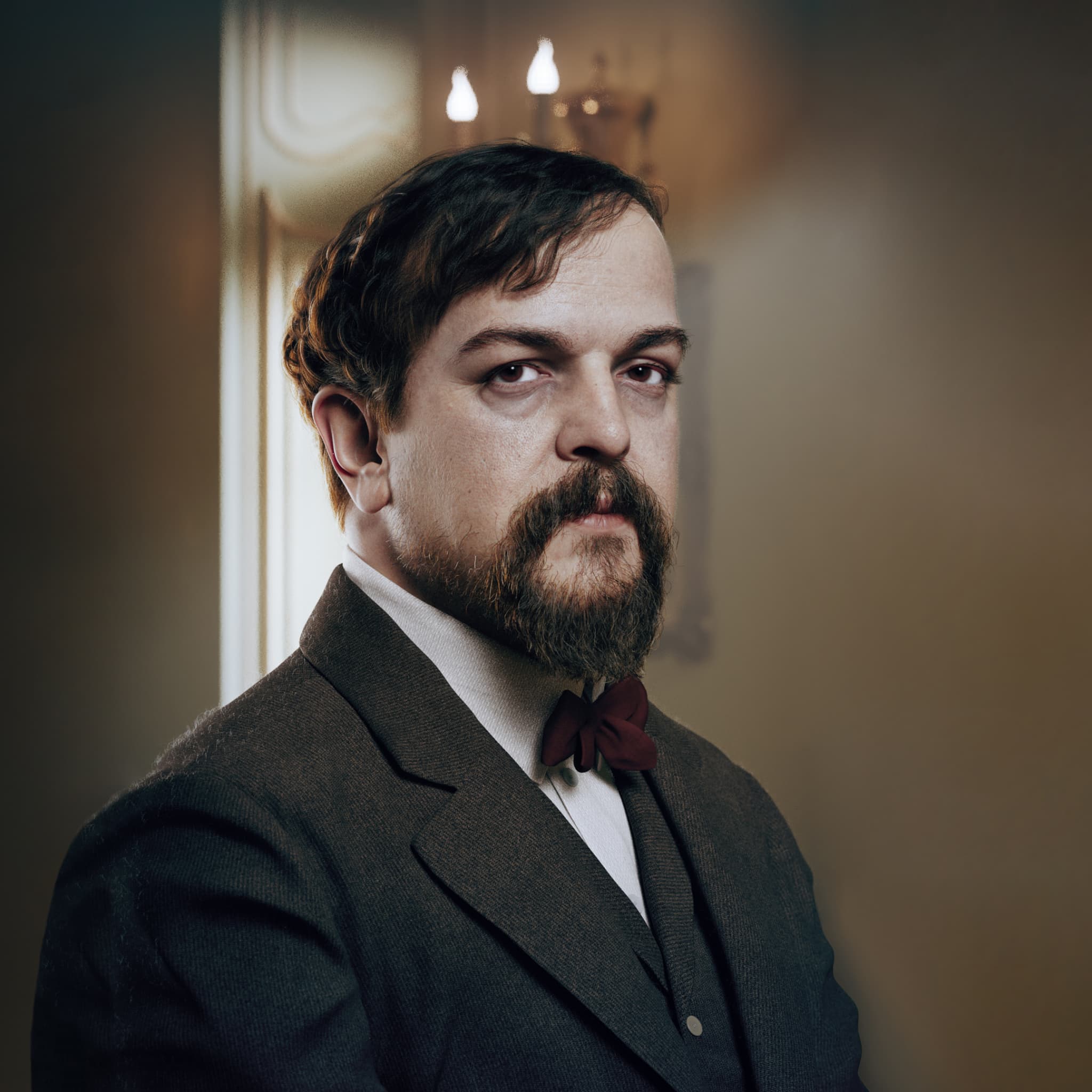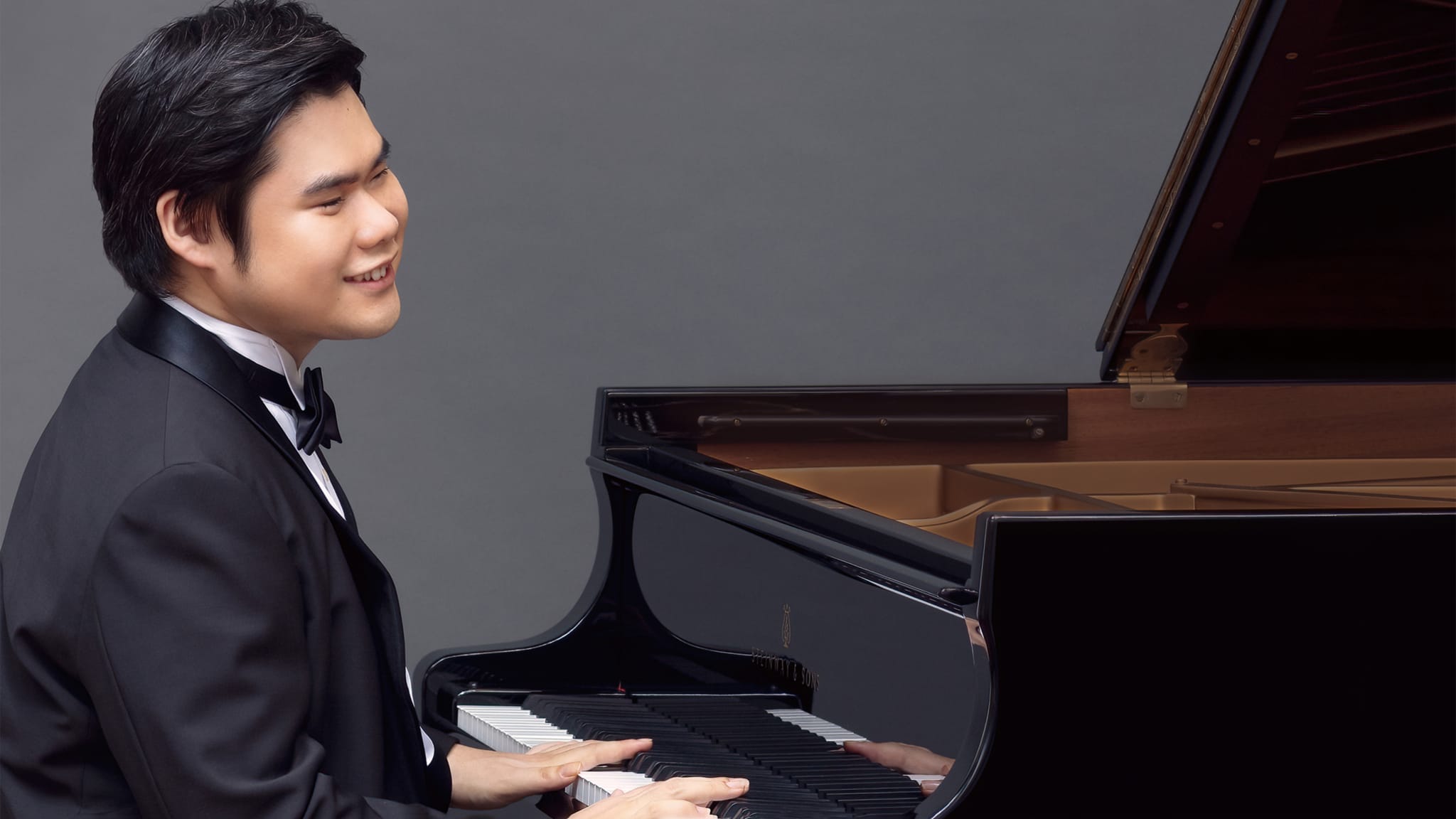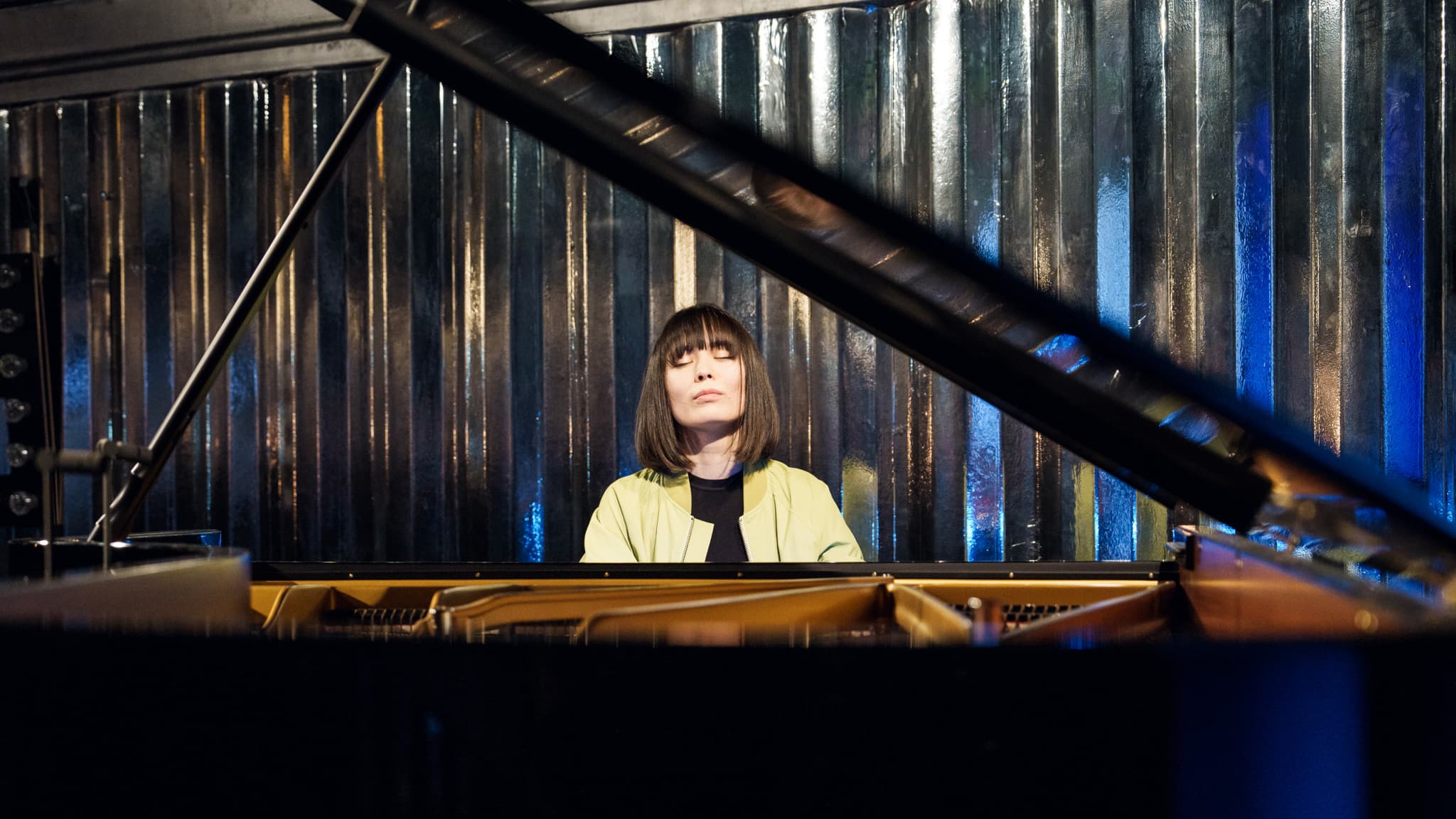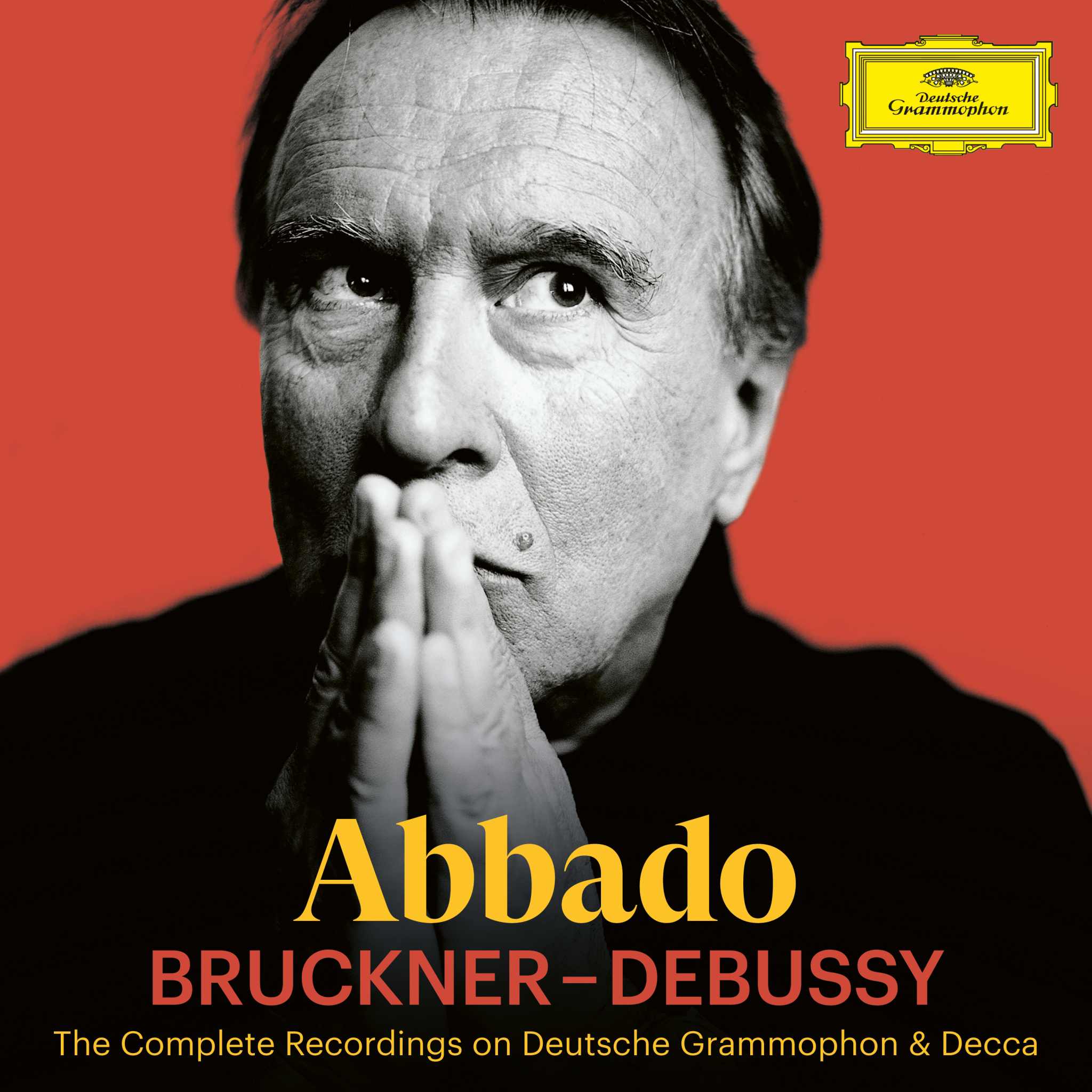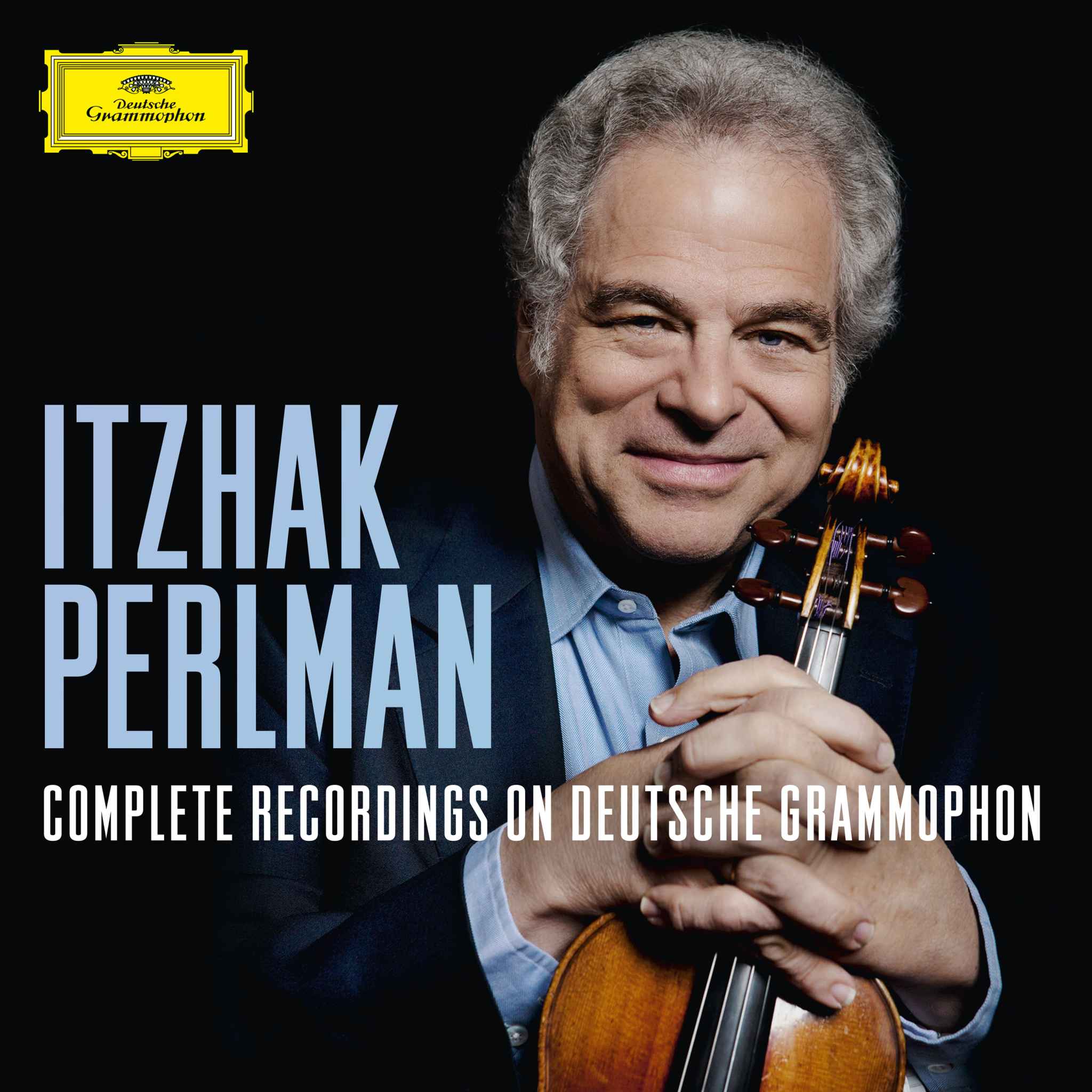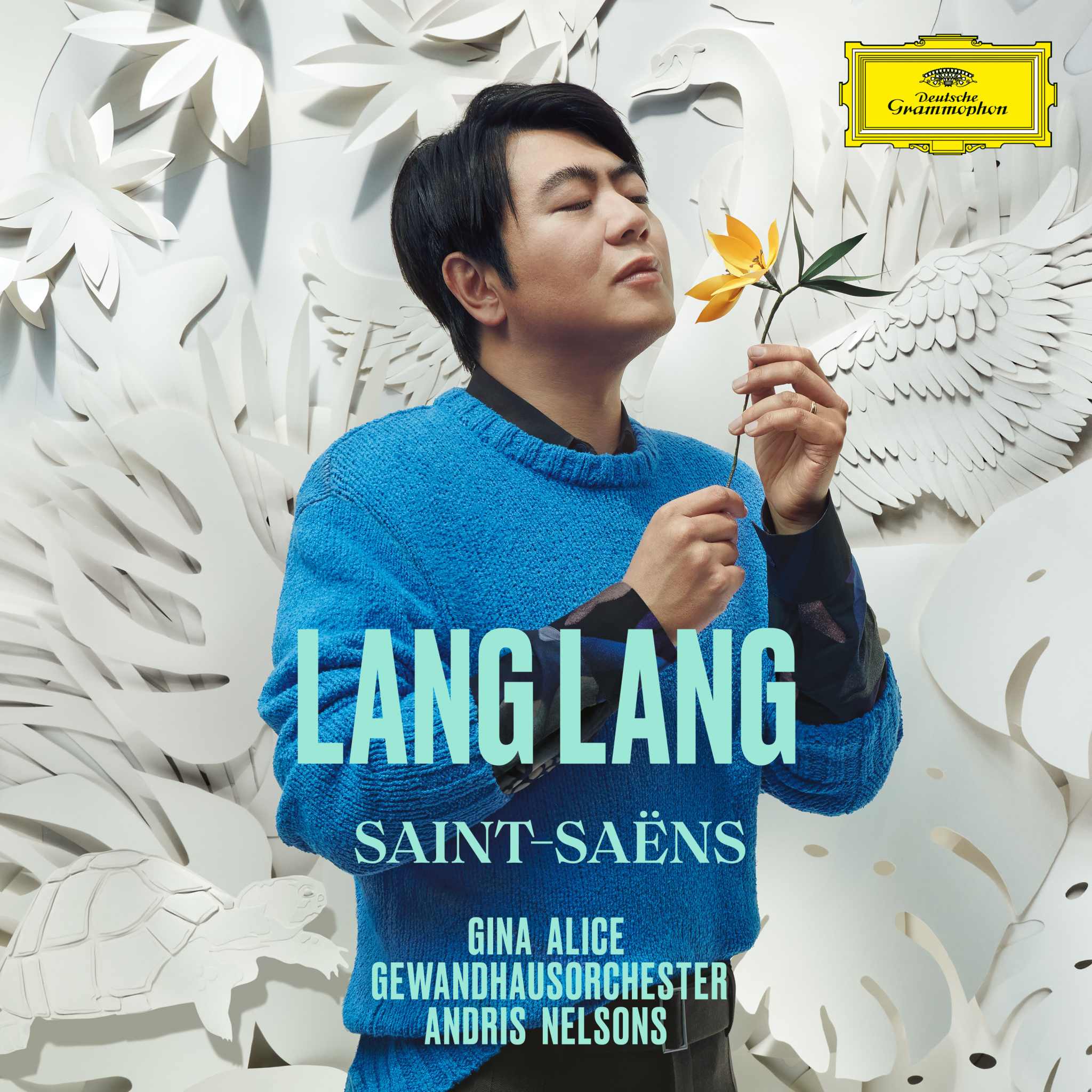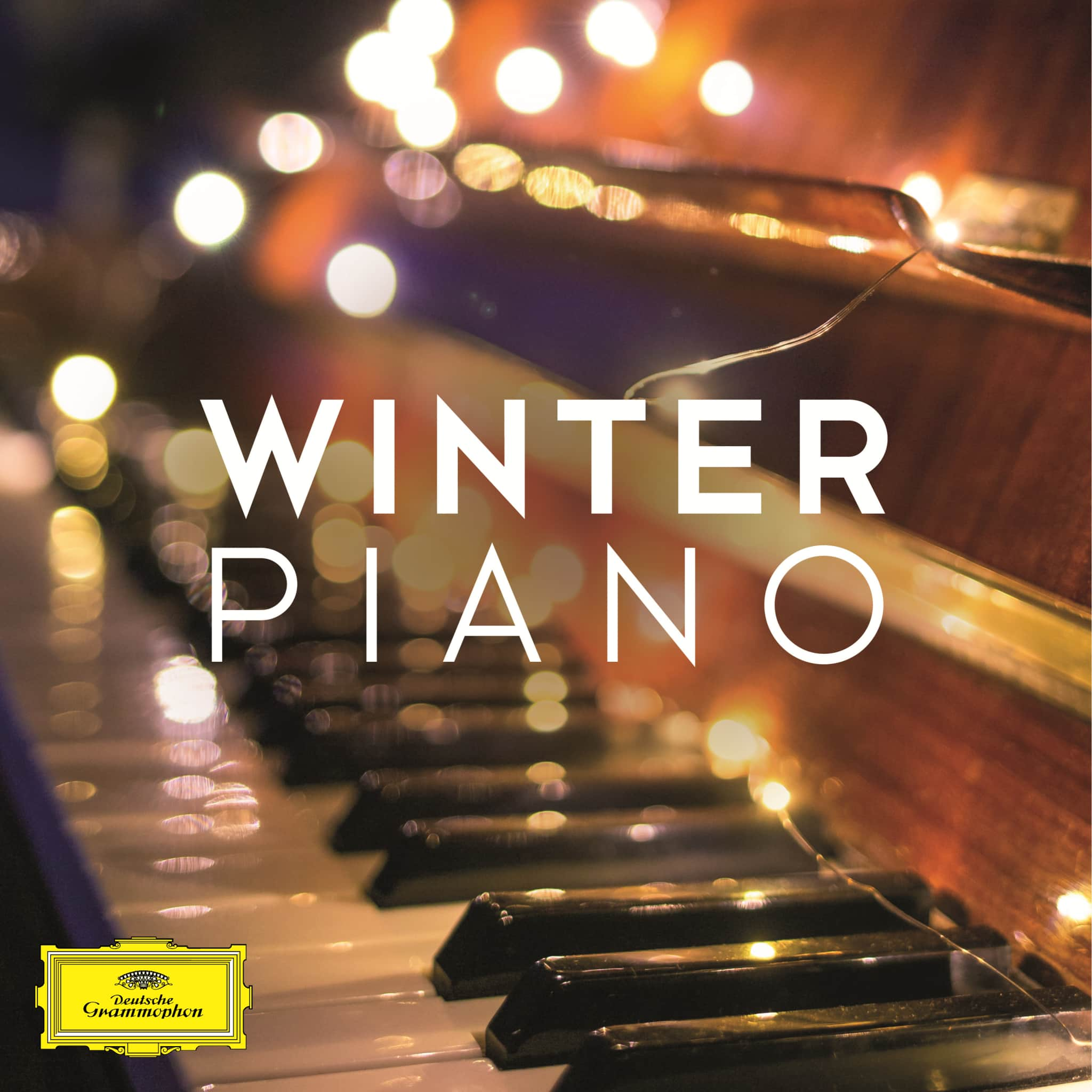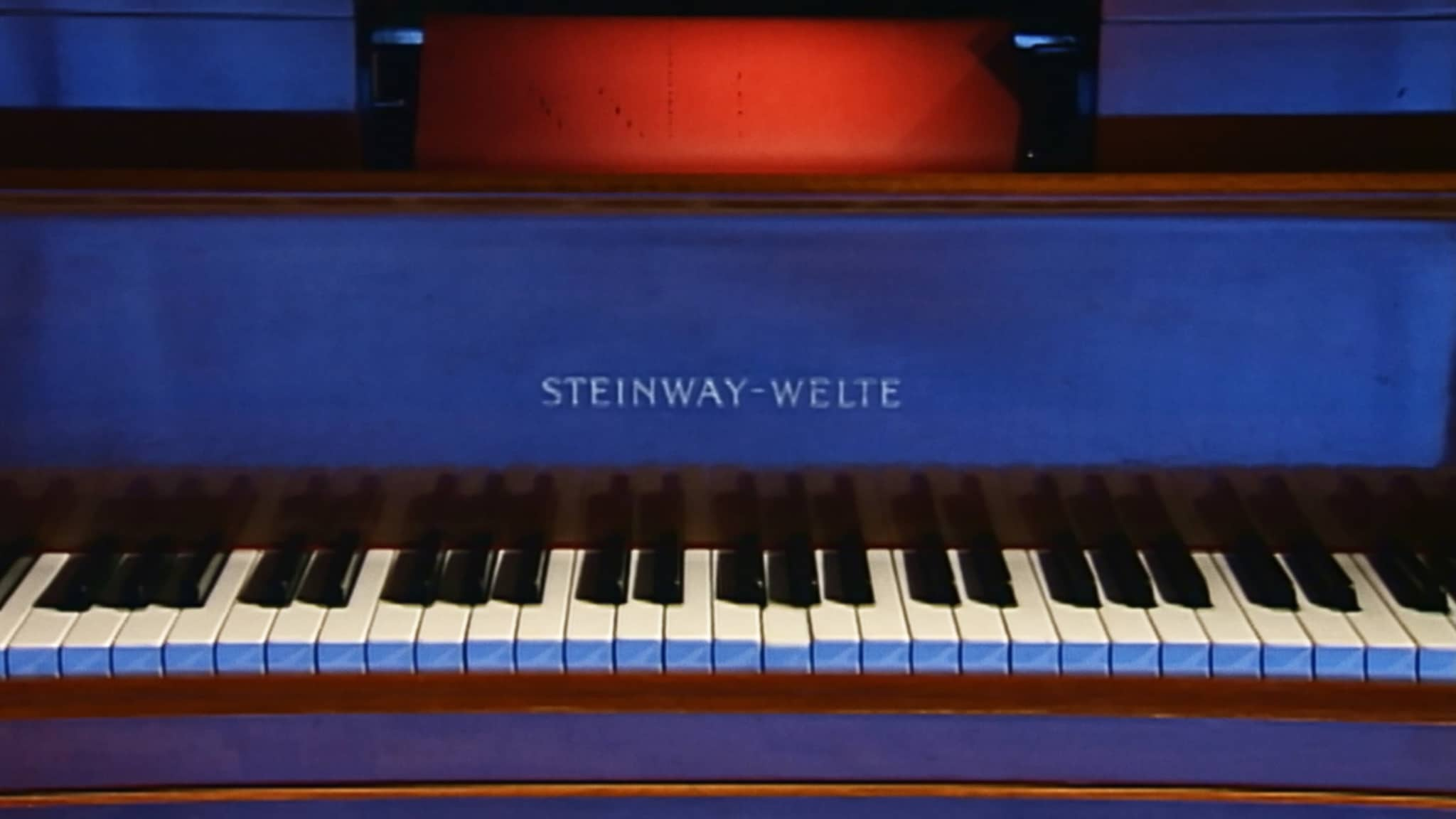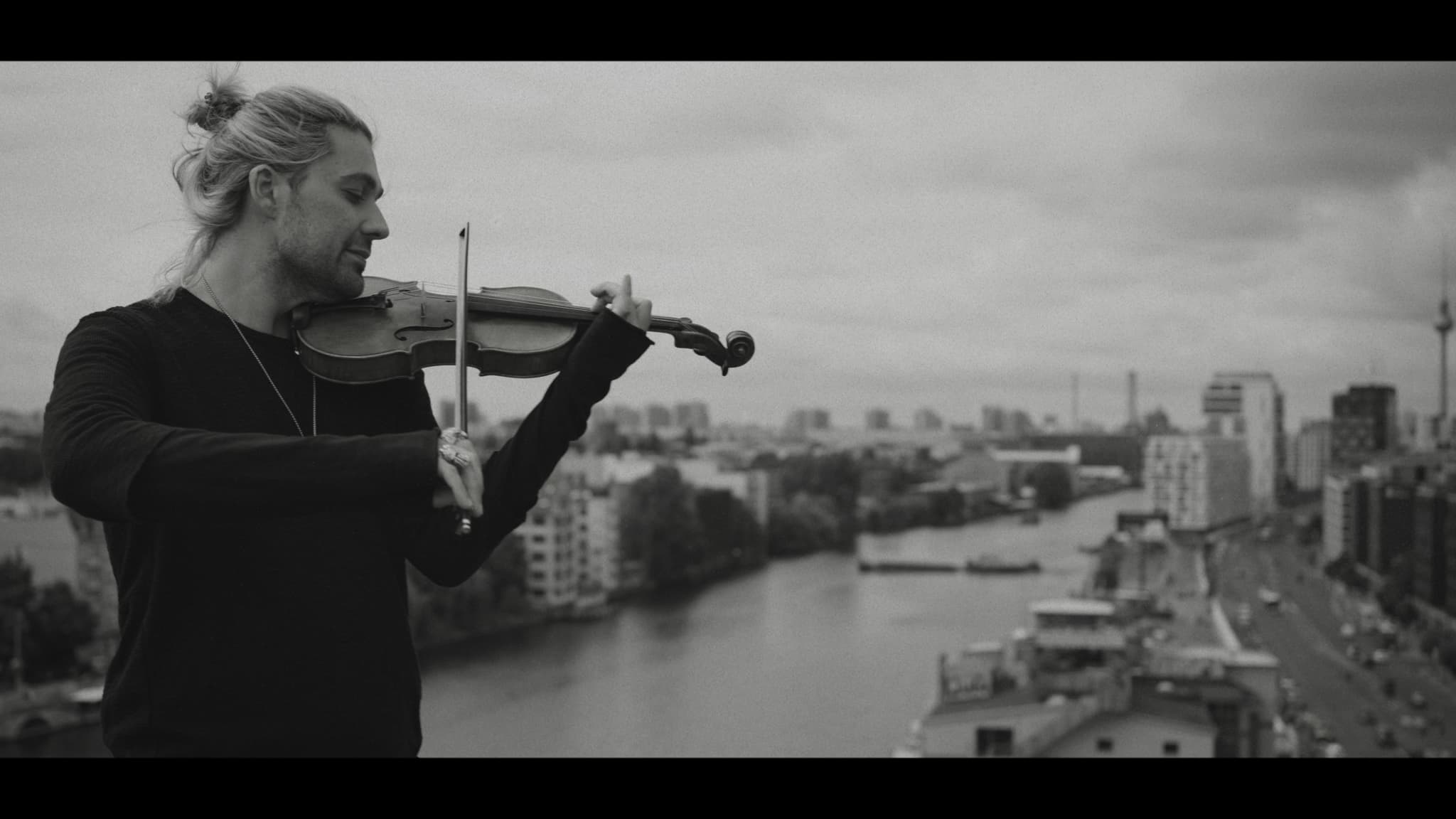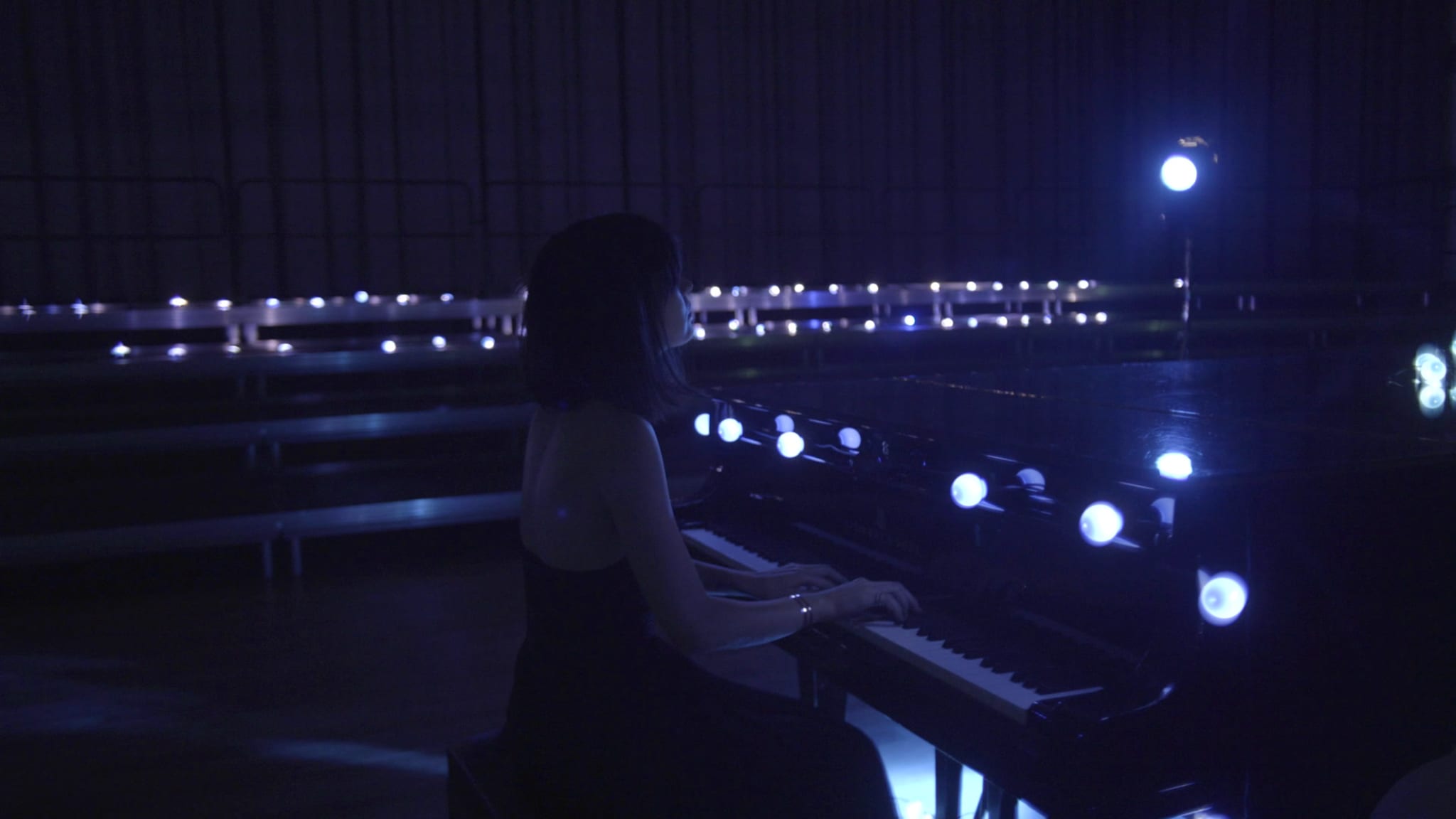Concerts and Operas
Albums
Appears On
Documentaries
Short Videos
AboutClaude Debussy

Even Debussy's String Quartet of 1893 was a highly idiosyncratic work, focusing entirely on musical texture rather than "developing" themes (as was customary in the German-Austrian tradition). Debussy experienced his decisive career breakthrough with his revolutionary orchestral piece Prélude à l’après-midi d’un faune, which made him famous throughout France and is considered by today's standards to mark the beginning of musical modernism. However, he only became world-famous with the opera Pelléas et Mélisande (1902), which, with its rejection of any realism and the close connection of the music to the speech rhythm of Maurice Maeterlinck's text, seemed at least as revolutionary. Debussy's most famous orchestral works include La Mer, Nocturnes, and Images. In addition, he wrote numerous wonderful songs and piano pieces that remain indispensable repertoire staples. With the fascinating and complex ballet Jeux, composed in 1913 for Serge Diaghilev's Ballets Russes, he created his last groundbreaking masterpiece. Only Stravinsky similarly distinguished himself in renewing musical forms, thereby ushering in the end of German-Austrian dominance in European music.
Watch concerts and operas by Claude Debussy on STAGE+
